Modes and programs of the Hansa dishwasher
 Having bought a new dishwasher, users can’t wait to try it out. Before testing the device, it is worth understanding the operating modes of the Hansa dishwasher. After all, if you run the wrong algorithm, the quality of washing cutlery will be poor. We'll tell you what programs are provided on most Hans models.
Having bought a new dishwasher, users can’t wait to try it out. Before testing the device, it is worth understanding the operating modes of the Hansa dishwasher. After all, if you run the wrong algorithm, the quality of washing cutlery will be poor. We'll tell you what programs are provided on most Hans models.
Hans PMM algorithms and their characteristics
The basic washing programs on most Hans PMM models are the same. A description of the operating modes of the dishwasher is in the equipment instructions. Therefore, before putting the equipment into operation, be sure to read the user manual.
Hans dishwashers have the following modes:
- "Intensive washing";
- "Normal";
- "ECO";
- “Gentle wash”;
- "Express 60";
- "Rapid".
Not only the quality of washing, but also the safety of the dishes will depend on the choice of program.
Let's look at all the programs separately. We will tell you to what temperature the water warms up in each mode, what kind of dishes this or that algorithm is designed for.
Intensive wash is a program designed to care for very dirty dishes. Using this mode, you can wash burnt pots, pans, and plates with dried food residues. Water heating temperature is 65 degrees.
This algorithm is performed in 6 stages:
- pre-wash at 50°C;
- main wash at 65°C;
- rinsing;
- rinsing;
- rinse at 55°C;
- drying.

The “Intensive wash” mode lasts 2 hours 10 minutes. During a cycle using this program, the machine consumes 16 liters of water. This is the most energy-consuming mode, the consumption of kilowatts reaches 1.2 per hour.
The “Normal” program is designed for washing dishes with a medium degree of soil. Suitable for cleaning plates, pots, saucepans, and slightly dirty pans. Cycle duration 2 hours 35 minutes, stages:
- pre-wash at 45°C;
- wash at 55°C;
- rinsing;
- rinse at 65°C;
- drying.
Electricity consumption when performing the “Normal” program is 1.07 kW/hour. Water consumption – 13 liters per cycle. More often than not, this mode is considered everyday.
The name of the ECO program speaks for itself. This is an economical mode of standard duration, designed specifically for washing lightly soiled dishes. The water warms up to 50°C. This algorithm provides only one rinsing stage.
The ECO program runs for 165 minutes. Kilowatt consumption - 0.81 per hour. The dishwasher uses approximately 9 liters of water per cycle.
The “Gentle Wash” mode is designed for caring for porcelain and glassware, as well as other dishes that require delicate handling. The water warms up to 40°C. Cycle duration is 1 hour 50 minutes. Electricity consumption – 0.7 kW/hour, water consumption 9 liters.
“Express 60” is another program for washing lightly soiled dishes. The cycle lasts only an hour, and the water in the bunker warms up to 62°C. The machine in this mode consumes 9 liters of water, energy consumption is 0.85 kW/hour.
The “Rapid” program is distinguished by its duration - the algorithm runs for only 40 minutes. This mode does not involve drying dishes. The water in the washing chamber warms up to 40°C. Suitable for lightly soiled dishes.
Water consumption when starting the “Rapid” mode is 10 liters. Energy consumption is minimal - only 0.45 kW/hour.The cycle is carried out in three stages: washing at 40 degrees, rinsing and rinsing at 45°C.
The washing mode is selected based on what dishes are loaded in the machine. If these are burnt pots and “dried out” plates, then the ECO program is not enough, you will have to run intensive. For fragile dishes, only gentle algorithms are suitable.
Washing dishes for the first time
After installing the dishwasher, test run it. Before turning on for the first time, be sure to pour regenerating salt into the special compartment of the PMM. The test cycle is performed empty, without dishes in the chamber, but with detergent. Observe the operation of the machine, see if there are any leaks, if water stagnates in the chamber, how the sprinklers rotate.
If the test run goes well, you can test the machine with dishes. All information on how to turn on the PMM, load it, select a washing program is in the instructions for the equipment. Let's look at the main nuances.
You need to arrange kitchen utensils in baskets correctly. The upper box of Hans dishwashers is designed for small dishes:
- mugs, glasses, glasses;
- saucer;
- coffee cups;
- gravy boats;
- ladles, spatulas, etc.
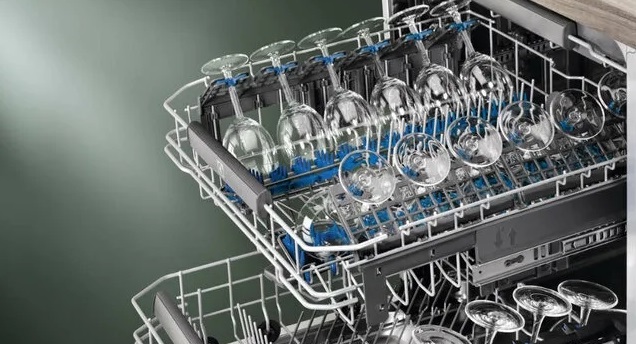
The position of the upper basket can be adjusted in height. This is done in order to make maximum use of the working chamber space. The instructions tell you how to move the box.
Larger and dirty dishes are loaded into the lower basket:
- serving plates;
- pots;
- tureens;
- frying pans;

- covers;
- stewpans;
- baking trays
It is important to position the utensils so as not to block the spray nozzles.
Pots and other deep dishes are placed in baskets with the bottom up. This is necessary so that water does not stagnate inside the products.Be sure to leave a small gap between objects so that they are washed from all sides.
The holders at the bottom of the lower basket can be folded. This is convenient when loading pots and baking trays into the box. It is recommended to place large dishes at the edges, smaller ones - closer to the center.
Before placing dishes in the hopper, be sure to clean off any remaining food, fruit pits, or paper napkins. Remove the tea leaves and tea bags from the cups. This will prevent clogging of the PMM drain system.
To improve the quality of washing and reduce energy consumption, rinse heavily dirty, greasy, “burnt” dishes with hot water before loading them into the PMM. This will help the machine deal with dirt faster.
Hansa dishwashers also have a tray for small cutlery. Items should not be nested inside each other, otherwise the washing efficiency will decrease. It is important to ensure that kitchen utensils do not protrude beyond the basket.
Cannot be washed in PMM:
- wooden cutlery;
- dishes made of non-heat-resistant plastic;
- objects made of tin and copper;
- thin crystal;
- porcelain and mother-of-pearl dishes.
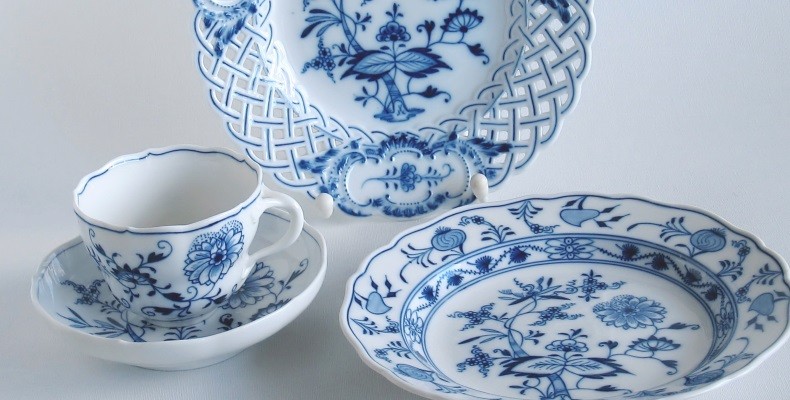
Each Hans model has its own capacity. Information on how many sets of dishes can be loaded into the machine is presented in the instructions. It is important not to overload the dishwasher, as this can cause equipment breakdown.
Having dealt with the dishes, you need to load the detergent into the dispenser. You can use a special powder, gel or 3 in 1 tablets. Rinse aid is added as desired - it prevents the formation of streaks on cutlery and speeds up their drying.
Only special dishwasher detergents can be loaded into the machine.
After loading the machine with dishes and detergents, you can turn it on. For this:
- plug the power cord into the socket;
- open the water supply tap;
- make sure that the dishes do not interfere with the rotation of the spray nozzles;
- close the dishwasher door tightly;
- press the “Standby” button, wait until the power indicator lights up;
- use the program selection button to select the desired mode;
- connect additional functions if necessary;
- press the Start/Pause button.
The program executed by the machine can only be changed at the very beginning, while the PMM has not yet used the detergent. To do this, hold down the “Start/Pause” button, and the device will go into standby mode. Then the desired algorithm is selected.
When the cycle is complete, the machine will beep after 8 seconds. You need to turn off the dishwasher using the “Standby” button and open the door slightly. Wait 5 minutes for the dishes to cool down and unload the PMM.
Interesting:
Reader comments
- Share your opinion - leave a comment
Categories
Washing machine repair


For buyers

For users

Dishwasher

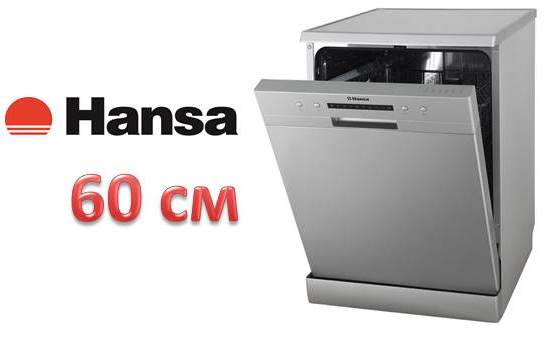


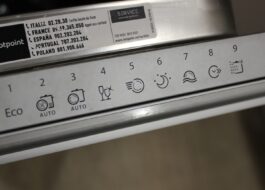
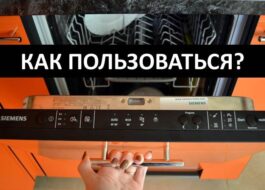











Add a comment